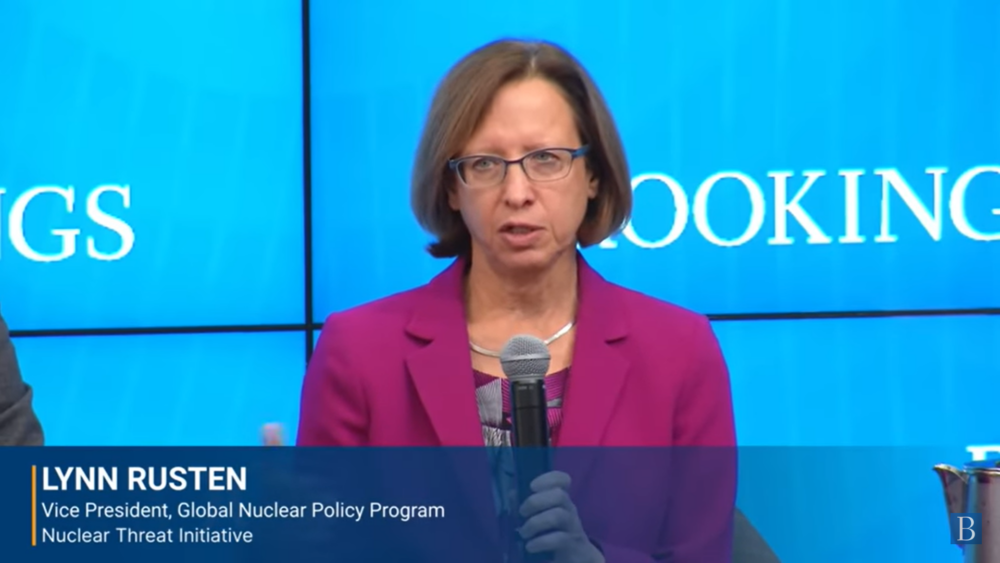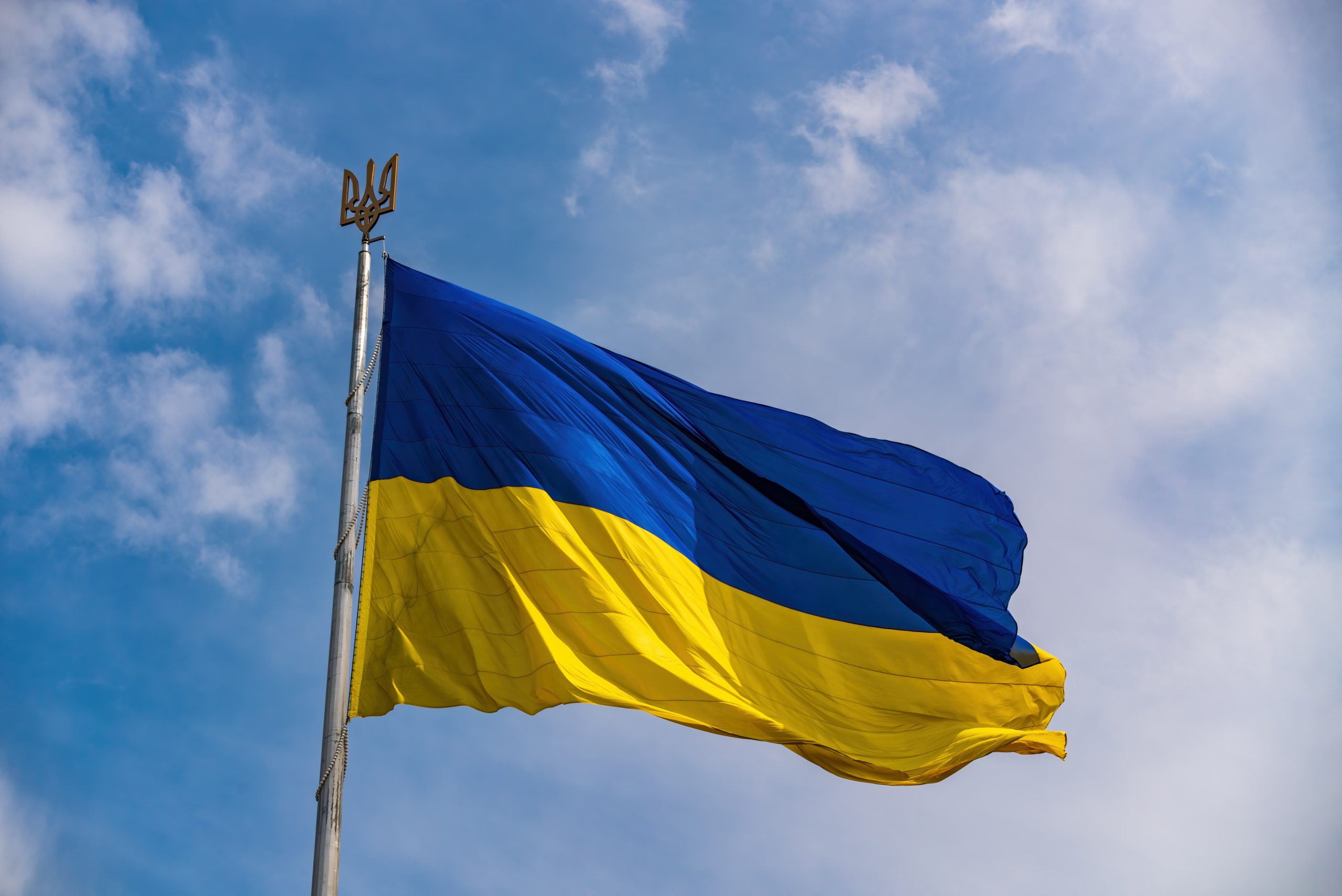
NTI’s Lynn Rusten on Defense Department’s New Strategy for Countering Weapons of Mass Destruction
The DoD’s new CWMD strategy, last updated in 2014, comes at a time when longstanding norms against nuclear use are being tested.
About the image
NTI President Joan Rohlfing is featured in a new article in The New York Times on neuroscience and nuclear decisionmaking. “The threat of nuclear use today, I believe, is as high as it has ever been in the nuclear age,” Rohlfing told The Times.
Rohlfing debunks the assumption rooted in all nuclear war planning that decisions about nuclear weapon use are being made by rational actors.
“We all know that humans make mistakes,” said Rohlfing. “We don’t always have good judgment. We behave differently under stress. And there are so many examples of human failures over the course of history. Why do we think it’s going to be any different with nuclear?”
The article highlights an NTI-sponsored project to “apply insights from cognitive science and neuroscience to nuclear strategy and protocols — so leaders won’t bumble into atomic Armageddon.”
Sign up for our newsletter to get the latest on nuclear and biological threats.
The DoD’s new CWMD strategy, last updated in 2014, comes at a time when longstanding norms against nuclear use are being tested.
As the war in Ukraine continues, destroying cities and causing the worst humanitarian crisis in Europe in a generation, NTI’s policy experts are fanning out across the news media to discuss the implications of Putin’s actions
A new video featuring national security expert Richard A. Clarke explains the cyber-nuclear threat and why we should all be worried about hackers gaining access to our nuclear weapon systems.


